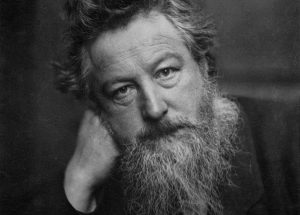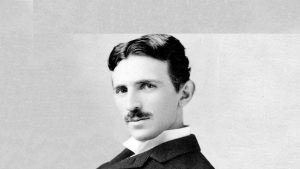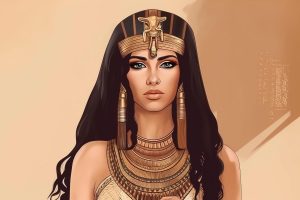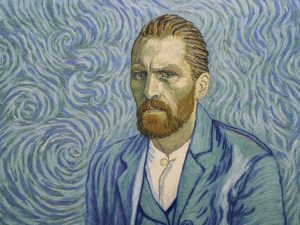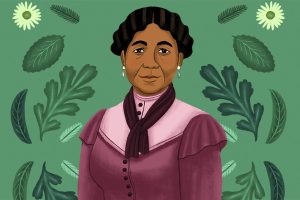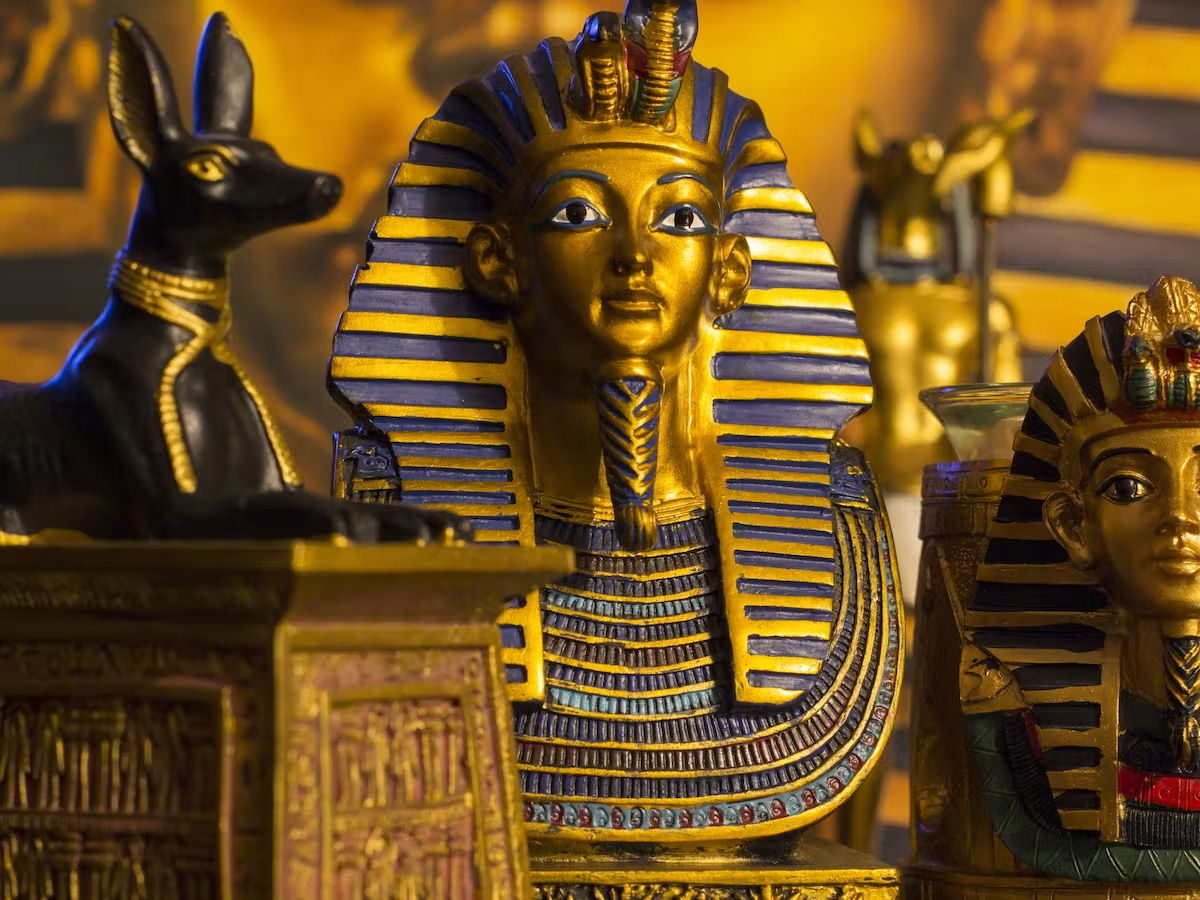
22 interesting facts about Tutankhamun
- 👁️ 1100
Tutankhamun, commonly referred to as King Tut, was an Egyptian pharaoh of the 18th dynasty (ruled c. 1332–1323 BC in the conventional chronology), during the period of Egyptian history known as the New Kingdom. His tomb, located in the Valley of the Kings in Luxor, Egypt, was discovered in 1922 by British archaeologist Howard Carter, and its contents have since captured the imagination of people around the world. In this article, we will discuss 22 fascinating facts about Tutankhamun and his legacy.
- Tutankhamun was born around 1341 BC and was the son of Pharaoh Akhenaten and one of his sisters.
- Tutankhamun was not originally meant to be pharaoh, but he became the ruler of Egypt at the young age of nine or ten.
- Tutankhamun is often referred to as the “Boy King” due to his youth when he became pharaoh.
- He was married to his half-sister, Ankhesenamun.
- Tutankhamun died at a young age, believed to be around 18 years old. The cause of his death is still unknown.
- Tutankhamun’s tomb was the first one to be discovered in the Valley of the Kings that was still intact, with all its treasures and mummies inside.
- The tomb contained over 5,000 artifacts, including furniture, food, wine, jewelry, and shrines.
- The most famous artifact from Tutankhamun’s tomb is the solid gold mask of the pharaoh, which weighed over 10 pounds.
- The tomb also contained four golden shrines, one of which was inside of another, nested like a set of Russian dolls.
- Tutankhamun’s tomb is considered one of the most significant archaeological discoveries of the 20th century.
- The discovery of Tutankhamun’s tomb sparked a worldwide interest in ancient Egypt and its culture.
- Tutankhamun’s treasures have been exhibited in museums around the world, including the Egyptian Museum in Cairo, the British Museum in London, and the Metropolitan Museum of Art in New York.
- The tomb was filled with food offerings for the pharaoh in the afterlife, including loaves of bread, fruits, and meats.
- Tutankhamun’s mummy was wrapped in layers of linen, with his arms crossed over his chest and holding a sceptre.
- The pharaoh’s heart was left inside his body, rather than being removed and placed in a canopic jar, as was customary in ancient Egypt.
- DNA analysis of Tutankhamun’s mummy has revealed that he had a cleft palate and a club foot.
- Tutankhamun’s tomb contained the mummies of several stillborn fetuses, likely belonging to Ankhesenamun.
- The pharaoh’s reign was relatively uneventful, and he is not mentioned in many historical records.
- Tutankhamun restored the traditional Egyptian religion after his father, Akhenaten, had imposed a monotheistic religion.
- Tutankhamun is one of the most well-known pharaohs of ancient Egypt, largely due to the discovery of his tomb.
- The discovery of Tutankhamun’s tomb led to a new era of archaeological exploration in Egypt.
- The tomb was not plundered by tomb robbers, as was common in ancient Egypt, leading to the preservation of its treasures.


